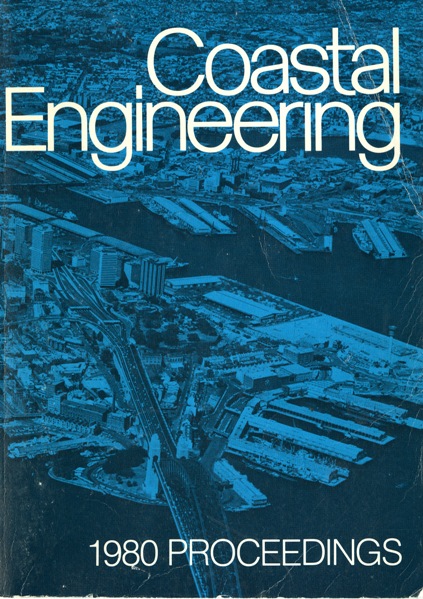Abstract
A realistic description of the kinematics of hurricane waves requires that the directional spectrum of the sea be known. Models for hindcasting the directional spectrum have existed for some time, but there has been a dearth of data available for checking the directional characteristics of the hindcasts. Hurricane Carmen in 1974 and hurricane Eloise in 1975 passed reasonably close to platforms in the Gulf of Mexico which were instrumented with wave staffs and electromagnetic current meters. The maximum recorded significant wave height was 29 feet. The simultaneous measurements of wave height and water particle velocity permitted estimates of the directional spectra to be made. The estimated directional spectra are complicated and often bimodal in frequency and direction. Swell from the center of the storm can propagate in directions over 90 degrees away from the direction of the shorter waves which are in local equilibrium with the wind. The hindcast model reproduces these directional features remarkably well. The measurements of wave kinematics also permitted tests of the accuracy of wave theories in high and confused storm waves. All of the unidirectional theories tested showed a bias toward overpredicting the velocity under the highest waves. However, the kinetic energy in the velocity components and the velocity probability distribution could be found to within a ten percent scatter using directional spectral concepts and linear wave theory.
Authors retain copyright and grant the Proceedings right of first publication with the work simultaneously licensed under a Creative Commons Attribution License that allows others to share the work with an acknowledgement of the work's authorship and initial publication in this Proceedings.

